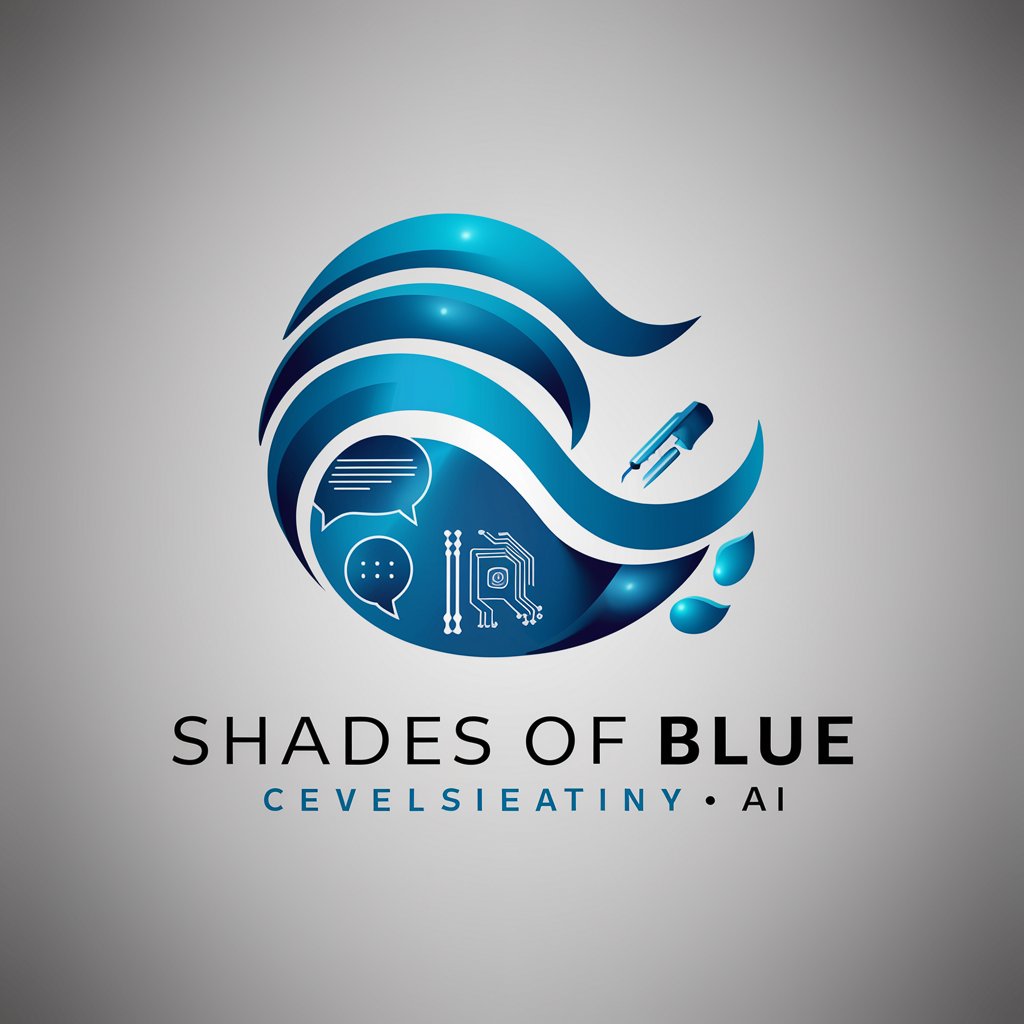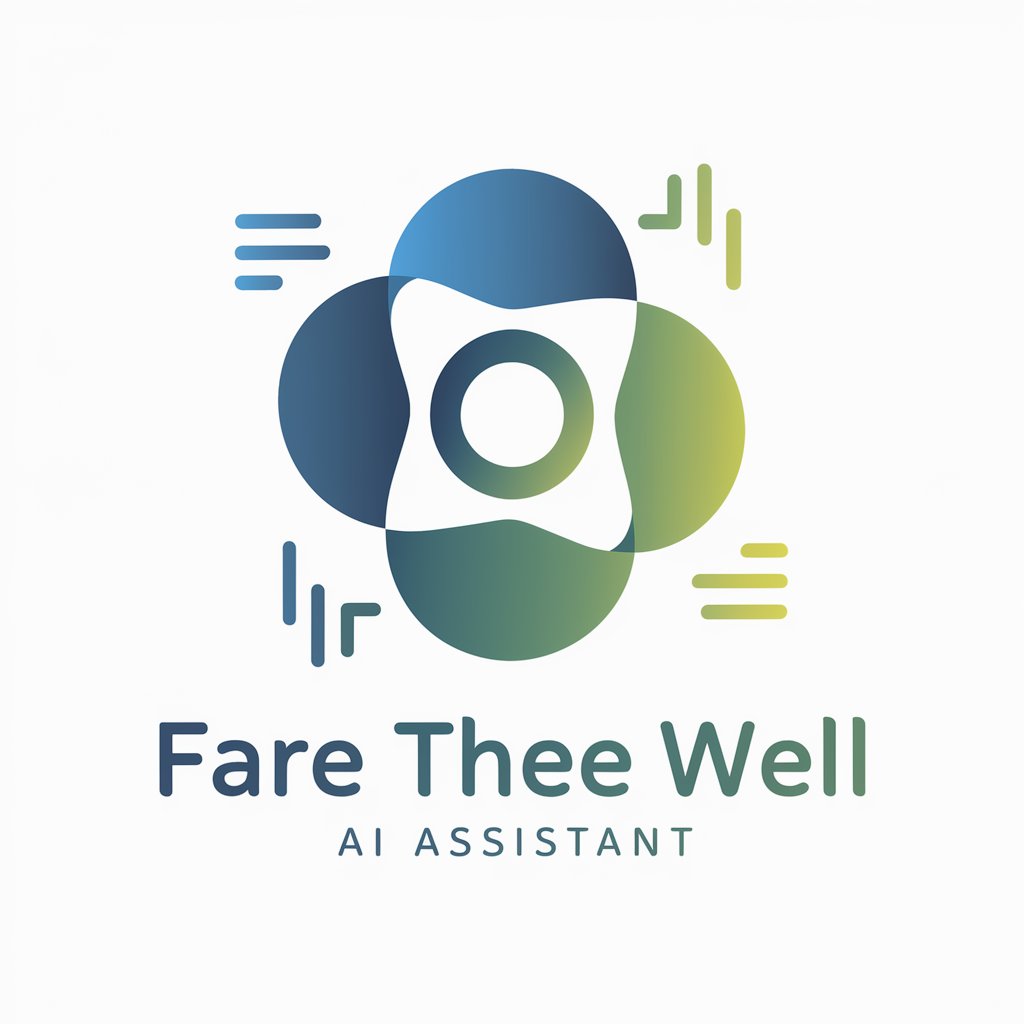OED - Tailored Experimental Design

Welcome to OED! Let's focus on your quantitative experimental design needs.
AI-Powered Experimental Design Optimization
Tailor design for a quantitative experiment
Optimize sampling points for my specific experiment
Advise on sample allocation in a quantitative study
Customize experimental design for quantitative treatments
Get Embed Code
Introduction to Optimal Experimental Design (OED)
Optimal Experimental Design (OED) is a framework and set of methodologies aimed at improving the efficiency and effectiveness of experimental research. At its core, OED focuses on planning experiments in a way that maximizes the amount of information gained, while minimizing costs, resources, and the number of experiments required. This involves leveraging statistical principles to choose the most suitable experimental designs, sampling methods, and analysis techniques. Examples of OED application include determining the optimal number of samples to accurately estimate model parameters, selecting the best set of experimental conditions to explore a process's behavior, or designing experiments that can distinguish between competing hypotheses with a high degree of confidence. Powered by ChatGPT-4o。

Main Functions of OED
Design Selection
Example
Choosing between a full factorial design and a fractional factorial design based on the study's objectives and constraints.
Scenario
An engineer optimizing a manufacturing process might use OED to select a fractional factorial design to explore the most influential factors on product quality with a limited number of trials, saving time and resources.
Resource Optimization
Example
Determining the minimal number of experiments or observations required to achieve reliable results.
Scenario
In agricultural research, OED could be used to identify the smallest number of field trials needed to assess the effects of various fertilizers on crop yield, thereby optimizing resource use.
Error Minimization
Example
Designing experiments to accurately estimate effects while controlling for potential confounding variables.
Scenario
In clinical trials, OED principles guide the structuring of the study to minimize biases and ensure that the treatment effects are accurately estimated, enhancing the reliability of the conclusions.
Ideal Users of OED Services
Researchers and Scientists
Individuals conducting empirical research across disciplines such as biology, chemistry, physics, and social sciences. They benefit from OED by designing experiments that efficiently test hypotheses and explore phenomena with limited resources.
Engineers and Product Developers
Professionals involved in product design, development, and optimization. OED helps them conduct experiments that efficiently explore design spaces, optimize processes, and improve product quality with fewer trials.
Data Analysts and Statisticians
Experts focused on data analysis, modeling, and statistical inference. They use OED to design data collection strategies that ensure the data are informative for model building, hypothesis testing, and decision-making processes.

How to Use OED
1
Visit yeschat.ai to start exploring OED's capabilities without the need for a login or a ChatGPT Plus subscription.
2
Identify your experimental design or analysis needs to determine how OED can best assist you, whether it's for academic research, industry applications, or personal projects.
3
Utilize the document upload feature to provide OED with any existing data or research materials relevant to your query for more tailored advice and analysis.
4
Engage with OED by asking specific questions related to experimental design, such as optimization strategies, software recommendations, or statistical analyses.
5
Apply the insights and guidance received from OED to your experimental planning, execution, and analysis phases for optimal outcomes.
Try other advanced and practical GPTs
No Mercy meaning?
AI-powered, Rich Content on Demand

Fitness
Empowering fitness journeys with AI

Travel Deal Finder AI
Your AI-powered travel concierge

Business Consultant GPT
Empowering decisions with AI-driven insights

To the Lighthouse: Echoes of Time
Dive into Woolf's narrative world, AI-powered.

Shades Of Blue meaning?
Unlocking the Depths of Blue

Up In Smoke meaning?
Empowering creativity and analysis with AI

Junior Developer 💻 Tech Chat
Empowering your coding journey with AI.

Get With Her meaning?
Unraveling Texts with AI Power

DOMAIN INVESTING .AI - GPT
Empowering Domain Investments with AI

HATE YOUR HOMETOWN meaning?
Explore and reflect on your hometown, powered by AI.

Fare Thee Well meaning?
Empowering Creativity and Knowledge with AI

OED Q&A
What is OED and how does it assist in experimental design?
OED stands for Optimal Experimental Design and assists by providing expert advice on planning, executing, and analyzing experiments efficiently, leveraging AI for personalized guidance.
Can OED handle complex mathematical problems related to design experiments?
Yes, OED can analyze and discuss Python scripts involving complex mathematical problems, including symbolic and numerical calculations, to optimize experimental designs.
How does OED ensure academic rigor in its responses?
OED adheres to academic standards by citing all references in APA format and focusing on providing information that is comprehensive and scientifically valid.
Can OED provide real-time updates on experimental design trends and technologies?
OED offers insights based on the latest research and methodologies in the field of experimental design, incorporating up-to-date trends and technologies as part of its guidance.
What types of experimental design scenarios can OED assist with?
OED is versatile and can assist with a wide range of scenarios, including but not limited to, factorial designs, response surface methodology, and computer simulations.
